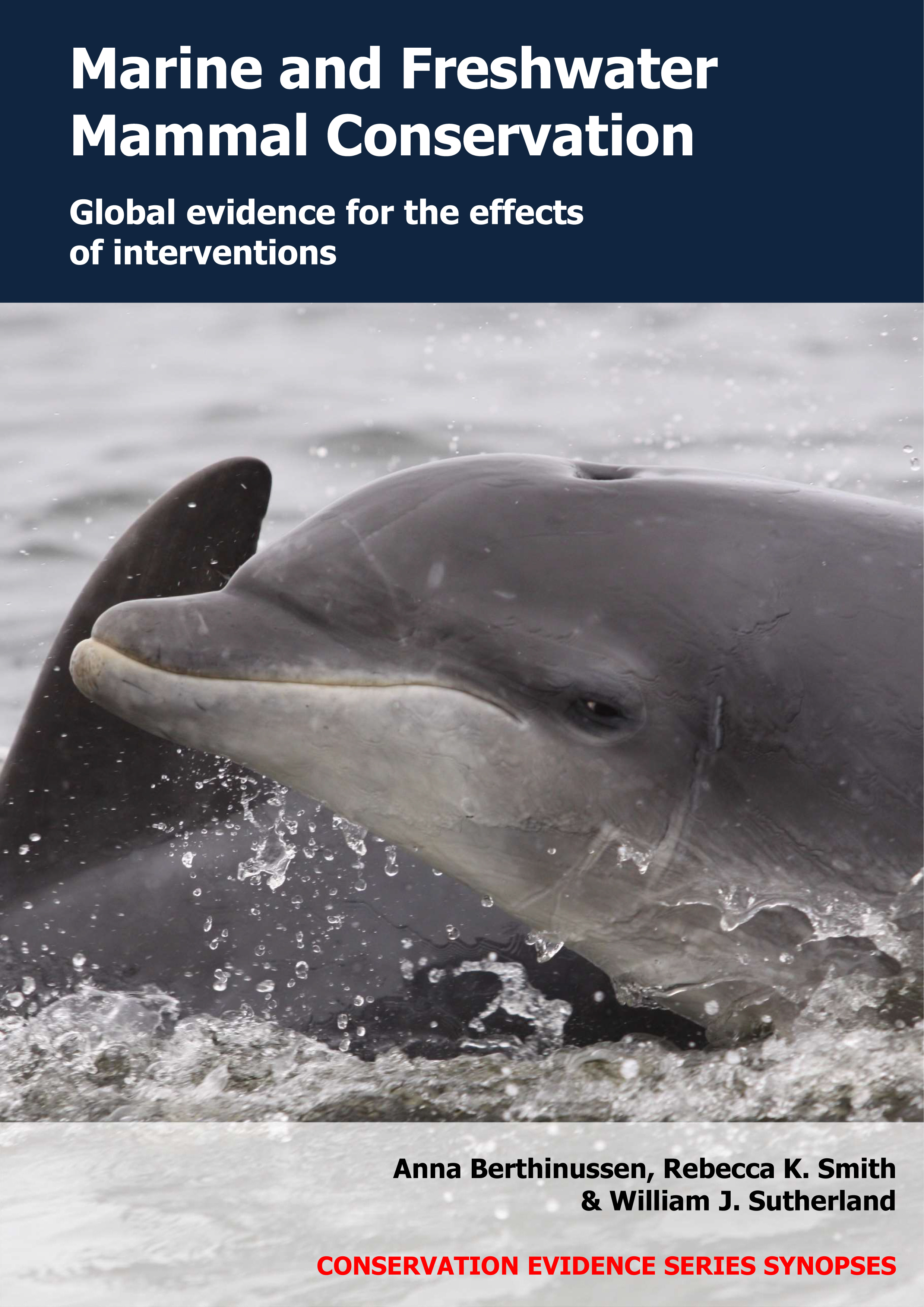Train tourist guides to minimize disturbance and promote marine and freshwater mammal conservation
-
Overall effectiveness category Unknown effectiveness (limited evidence)
-
Number of studies: 1
View assessment score
Hide assessment score
How is the evidence assessed?
-
Effectiveness
60% -
Certainty
27% -
Harms
0%
Study locations
Supporting evidence from individual studies
A before-and-after study in 2002–2011 at a glacial lake in the Kenai Fjords, Alaska (Hoover-Miller et al. 2013) reported that after training was provided to kayak guides, fewer harbour seals Phoca vitulina were disturbed in the presence of kayaks than before training. Results are not based on assessments of statistical significance. Numbers of seal disturbances (seals moving from the ice into the water) each year during kayak excursions were lower after training was provided to guides (total 0–9 disturbances; 0–0.02 disturbances/hour) than before (total 0–30 disturbances; 0–0.05 disturbances/hour). Training was provided to tourist guides in 2006 to operate kayaks more carefully around seals (details reported in Jezierski 2009). Voluntary guidelines for viewing marine mammals from vessels were introduced in 2000, and multiple outreach activities took place in 2002–2011 (public presentations, workshops etc.). Remote-controlled video cameras recorded seal disturbances during kayak excursions in May–September 2002–2011. Observations were made during 81–92 days in each of four years before training (2002–2005) and during 70–92 days in each of six years after training (2006–2011).
Jezierski, C. M. (2009) The impact of sea kayak tourism and recreation on harbor seal behavior in Kenai Fjords National Park: integrating research with outreach, education, and tourism. Thesis, University of Alaska, USA.
Study and other actions tested
Where has this evidence come from?
List of journals searched by synopsis
All the journals searched for all synopses
This Action forms part of the Action Synopsis:
Marine and Freshwater Mammal Conservation
Marine and Freshwater Mammal Conservation - Published 2021
Marine and Freshwater Mammal Synopsis





)_2023.JPG)














